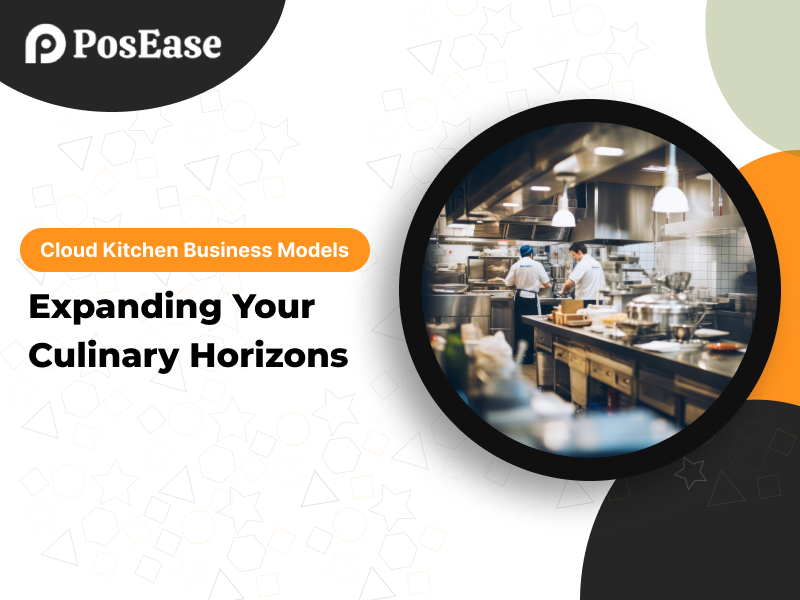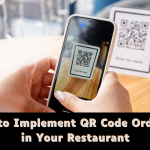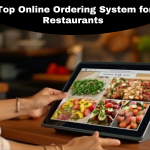Cloud Kitchen Business Models: Expanding Your Culinary Horizons

In the constantly evolving and changing world of food, cloud kitchens have become an innovative concept that is changing the dining experience. These delivery-only kitchens, commonly called virtual or ghost kitchens, have revolutionised the way restaurants function, catering to the contemporary customer’s desire for convenient and easy food delivery.
Cloud kitchens present the chance for established restaurants as well as new entrepreneurs to extend their reach in the culinary world, test new ideas, and capitalise on the growing food delivery online market. Through the flexibility and affordability of shared kitchens, companies can streamline their operations, improve efficiency, and grow their client base without the expense of traditional brick-and-mortar establishments.
Types of Cloud Kitchen Business Models
The cloud kitchen landscape encompasses a diverse range of business models, each catering to specific needs and strategies. Let’s explore the key models that have gained prominence in this dynamic industry:
1. Single-Brand Cloud Kitchen:
Single-brand cloud kitchens are ideal for established restaurants seeking to expand their reach without diluting their brand identity. These kitchens focus on a single cuisine or concept, allowing restaurants to retain control over their menu, branding, and customer experience. This model is particularly effective for expanding into new geographical areas or introducing new menu items without the investment of a full-fledged restaurant.
2. Multi-Brand Cloud Kitchen:
In contrast to single-brand kitchens, multi-brand cloud kitchens host multiple virtual brands within a single kitchen space. This model appeals to businesses that want to target a broader audience with a diverse range of culinary offerings. By leveraging shared infrastructure and resources, multi-brand cloud kitchens maximize efficiency and reduce overhead costs.
3. Aggregator Cloud Kitchen:
Aggregator cloud kitchens partner with multiple established restaurants to prepare and deliver their food. This model offers restaurants the opportunity to expand their reach without the hassle of managing their own kitchen operations. Aggregator cloud kitchens handle the preparation and delivery of food, while restaurants focus on menu development and customer acquisition.
4. Shared Cloud Kitchen:
Shared cloud kitchens provide a fully equipped kitchen space for multiple independent food businesses. This model is particularly attractive for new entrepreneurs or businesses testing new concepts. By sharing resources and infrastructure, independent food businesses can reduce individual costs and gain access to professional kitchen facilities without making an upfront investment.
5. Delivery App-Owned Cloud Kitchen:
Delivery app-owned cloud kitchens are operated by food delivery platforms to prepare food for their own orders. This model allows delivery platforms to leverage their existing customer base and delivery network to expand their reach and reduce reliance on third-party kitchens. By controlling the food preparation process, delivery platforms can ensure consistent quality and improve customer satisfaction.
Exploring the Advantages and Challenges of Cloud Kitchens
Cloud kitchens present a compelling proposition for businesses seeking to innovate and expand in the food industry. However, it is crucial to carefully consider both the advantages and challenges associated with this model before embarking on a cloud kitchen venture.
Advantages:
1. Lower Overhead Costs: Cloud kitchens eliminate the need for expensive brick-and-mortar restaurants, significantly reducing overhead costs such as rent, utilities, and décor.
2. Flexibility and Agility: Cloud kitchens offer greater flexibility to expand and test new concepts without the long-term commitments associated with traditional restaurants.
3. Focus on Delivery: Cloud kitchens align with the modern consumer’s preference for convenient and accessible food delivery.
4. Wider Customer Reach: Cloud kitchens can reach a broader customer base without geographical constraints, expanding into new markets and demographics.
Challenges:
1. Increased Competition: The cloud kitchen space is becoming increasingly competitive, requiring businesses to differentiate themselves and attract customers.
2. Reliance on Delivery Platforms: Cloud kitchens rely on delivery platforms for customer acquisition and visibility, making it crucial to maintain strong relationships with these partners.
3. Branding and Customer Loyalty: Without a physical storefront, cloud kitchens may face challenges in building brand identity and maintaining customer loyalty.
4. Food Quality and Consistency: Maintaining consistent food quality across multiple cloud kitchen locations is essential for customer satisfaction and brand reputation.
Strategies for Success in the Cloud Kitchen Landscape
To navigate the competitive cloud kitchen landscape and achieve sustainable success, businesses need to adopt a strategic approach that leverages technology, prioritizes quality, and understands customer preferences.
1. Embrace Technology: Cloud-based management systems for inventory, orders, and customer data can streamline operations and enhance efficiency.
2. Quality and Consistency: Strict food safety and quality control measures are paramount to maintain customer satisfaction and brand reputation.
3. Online Presence: A user-friendly website and mobile app for ordering, along with social media engagement and online marketing, can strengthen brand visibility and customer engagement.
4. Optimize Delivery Operations: Partnering with reliable delivery platforms or establishing an in-house delivery fleet ensures timely and efficient deliveries.
5. Target Audience: Understanding customer demographics and preferences is crucial for tailoring
Conclusion
Cloud kitchens offer a promising avenue for both established restaurants and new entrepreneurs to expand their culinary reach and capitalize on the growing demand for online food delivery. By carefully considering the various business models, advantages, and challenges, aspiring cloud kitchen operators can develop a strategic approach to success in this dynamic and evolving industry.
Search
Category
Recent Posts




